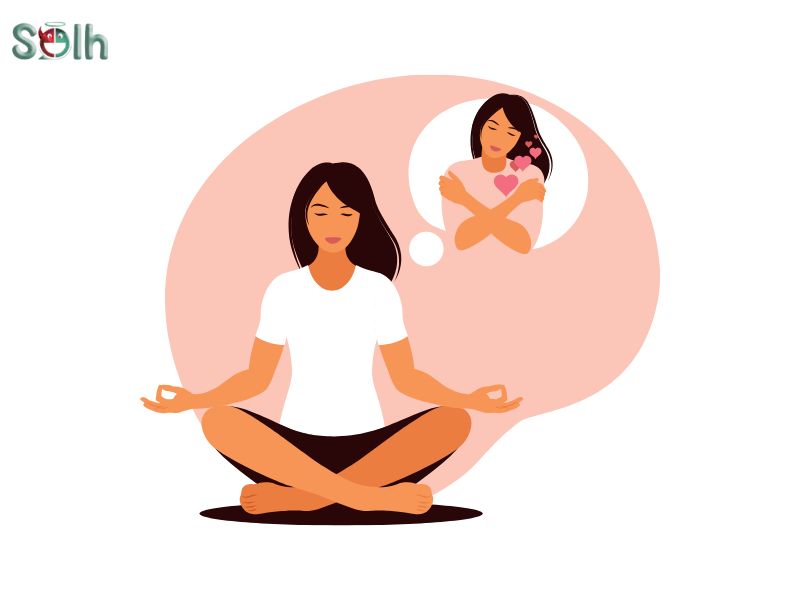There’s a part of you that still remembers.
The way your heart pounded when you felt left out.
The tears you swallowed to be “good.”
The dreams you buried because no one was listening.
That part of you? It never left.
Psychologists call it the inner child—the emotional, tender, deeply feeling version of you that formed in early life. It holds your earliest joys and deepest wounds. And whether you’re aware of it or not, it still whispers beneath the surface, shaping how you love, trust, work, and live.
This blog is not just about understanding the inner child. It’s about inner child healing and discovering how that healing unlocks something powerful: personality integration.
What does that mean?
It means becoming whole again.
It means no longer being at war with yourself.
It means reconnecting with who you were always meant to be.
Understanding the Inner Child
Think of your inner child as the emotional blueprint of your early years.
It’s the little you who once felt wonder, fear, joy, shame, curiosity, and confusion. When nurtured and validated, this child grows into a grounded, creative, and emotionally resilient adult. But when their needs go unmet—due to trauma, neglect, criticism, or abandonment—this part becomes wounded.
And those wounds don’t just disappear.
They grow into adult patterns like:
- An overwhelming fear of abandonment
- People-pleasing tendencies
- Struggles with setting boundaries
- Distrust, even when love is offered
- A deep-rooted sense of “not being good enough”
Behind these adult behaviors often lies a scared child, still waiting to be heard.
What is Personality Integration?
Imagine your personality as a house with many rooms.
There’s the inner critic in one corner. The achiever upstairs. The protector standing guard. And then… there’s the inner child—hiding in the attic, scared and silent.
Personality integration is the process of bringing all these parts together—of helping them talk, understand, and support each other rather than pull you in different directions.
From a psychological lens, thinkers like Carl Jung and models like Internal Family Systems (IFS) teach us that we are made of multiple inner “selves” or “parts.” When they’re disconnected or in conflict, we feel stuck, overwhelmed, or emotionally split.
But when they come into alignment?
We experience clarity. Calm. Confidence.
Integration is not about eliminating parts of ourselves. It’s about uniting them. And the journey often begins with the most neglected room: the inner child.
The Connection Between the Inner Child and Integration
You can’t build inner harmony on a foundation of silence.
A wounded inner child doesn’t disappear just because we grow older. In fact, when ignored, they can sabotage our attempts at integration, lashing out through anxiety, procrastination, rage, or avoidance.
But healing this part changes everything.
When we tend to the inner child with compassion and care, we begin to:
- Soothe the inner critic
- Ease the overworked protector
- Calm the fearful avoider
Suddenly, the different “parts” of us stop fighting.
They start cooperating.
And that… is the true beginning of integration.
Signs Your Inner Child Needs Healing
Sometimes, the signs are loud. Other times, they whisper quietly.
Here are a few emotional indicators that your inner child is crying out for help:
- Chronic shame, guilt, or the belief that you are “bad”
- Overreacting to criticism or rejection
- Fear of being left, even in secure relationships
- Addiction to work, substances, or escapist fantasies
- Feeling numb, disconnected, or creatively blocked
These aren't flaws.
They are survival strategies.
They’re proof that something in you is still trying to protect a wound that never got the chance to heal.
How To Heal Your Inner Child
Healing doesn’t happen in a rush.
It begins with gentle, patient steps.
Acknowledge & Connect
Start by recognizing this part of you exists. Sit with them. Listen. Name their feelings without judgment.
Validate the Child’s Feelings
If you hear, “I’m scared,” don’t dismiss it. Say, “It’s okay to feel scared. I’m here now.” Replace harsh self-talk with softness.
Inner Child Dialogue
Write letters to your younger self. Let them respond. Or try guided visualizations where you meet your inner child in a safe space.
Reparenting Practices
Give yourself what you didn’t get: warmth, safety, structure, praise. Create rituals of self-care. Speak with the voice your younger self always needed.
Creative Expression
Draw, dance, sing, color, or build. The inner child often speaks through play. Let joy be part of the healing.
Role of Therapy and Support
You don’t have to walk this path alone.
Therapies that specialize in inner child healing include:
- Internal Family Systems (IFS) – helps parts communicate
- Gestalt therapy – uses roleplay and present-moment awareness
- Psychodynamic therapy – uncovers childhood roots in adult behavior
Group therapy or workshops can also be powerful. There’s something incredibly healing about realizing: “I’m not the only one who feels this way.”
How Inner Child Healing Leads to Personality Integration
As the inner child begins to feel safe, validated, and loved, you may notice:
- A newfound emotional balance—less reacting, more responding
- Deeper relationships built on trust and presence
- Greater self-awareness and authenticity
- A softening of inner battles—your parts begin to work together, not against each other
You become less fragmented. More whole.
Less lost. More you.
Tools and Practices for Inner Child Healing
Integration isn’t a one-time fix. It’s a lifestyle of returning to yourself.
Here are simple, grounding practices:
- Daily inner child check-ins: “How are you feeling today?”
- Affirmations: “You are safe now.” “You are enough.”
- Breathwork or yoga to reconnect with your body
- Visualization: Meet your inner child in a meadow, a room, a playground—wherever they feel safe
Create a routine. Keep it sacred. Your healing deserves consistency.
Conclusion
Healing the inner child is not just about looking back—it’s about moving forward whole.
When you tend to your earliest wounds with kindness, something powerful happens:
You stop trying to fix yourself and start loving yourself.
This is how we become integrated.
Not by force, but by gentle, radical acceptance.
So today, take a moment.
Close your eyes.
Place a hand on your heart.
And ask softly,
“What does my inner child want to tell me today?”



